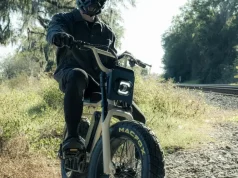The moment you land in Anchorage, Alaska’s deep connection to dog sledding is impossible to miss. Images of sled dogs and their races, both past and present, are everywhere—a proud reminder of a tradition that’s been part of the state’s identity since 1908. While dog sled racing became popular in the early 20th century, the roots of this practice run much deeper. Long before it became a sport, sled dogs were vital to the survival of Alaska’s First Nations people, who have relied on these loyal companions for generations to navigate the harsh Arctic terrain.
Dog sledding was a lifeline in Alaska’s harsh winters, where long, dark, snow-covered months made it a means of survival. Sleds allowed the First Nations to hunt, trade, and transport goods between communities in Arctic and sub-Arctic regions. Mushers (sled drivers) and their teams were essential, from delivering mail to assisting the famed Eskimo Scouts during World War II. Even as technology advanced, dog sledding remained vital in Native villages for daily transportation and freight work. However, the rise of snowmobiles in the 1960s led to a decline in this centuries-old practice, threatening to even eradicate it altogether.
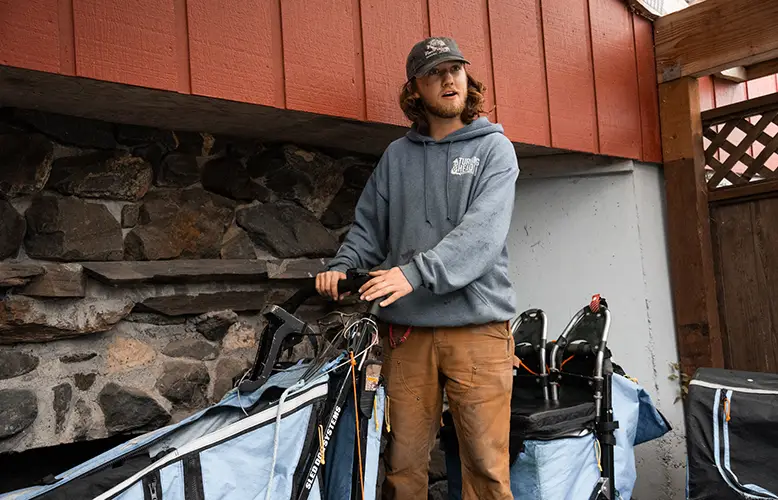
To preserve this heritage, the Iditarod Trail Sled Dog Race was created in the early 1970s. Spearheaded by Dorothy Page and Joe Redington Sr., the race was designed to commemorate Alaska’s centennial as a U.S. territory and revive the historic Iditarod Trail—a once-crucial mail and gold rush route. Now a grueling 1,000-mile race from Anchorage to Nome, the Iditarod honors the legacy of mushers and their sled dogs, symbolizing Alaska’s history of endurance and survival. In 2023, five First Nations mushers, all seasoned veterans with top finishes to their names, competed in the 50th Iditarod race, and stood out among the 34 total participants.
When we arrived in Anchorage on the Edges of Earth expedition, we were immediately drawn into the rich history of dog sledding, especially when we learned about the 1925 Serum Run. In January of that year, Nome faced a deadly diphtheria outbreak that could have sparked a devastating epidemic. With harsh winter conditions preventing air or sea transport, the only option was to deliver the life-saving antitoxin by dog sled across the 674-mile Iditarod Trail. A heroic relay of mushers and their teams battled temperatures as low as -85°F, gale-force winds, and whiteout conditions to get the medicine from Nenana to Nome. In just 127.5 hours, the serum was delivered, saving countless lives.
This epic journey is commemorated each year through the Iditarod Trail Sled Dog Race. It also inspired the 1995 animated film, Balto, yet another staple of cinematic repertoire growing up. The name “Iditarod,” meaning “distant” in the Deg Xinag and Holikachuk languages of Alaska’s Athabascan people, reflects the vast, remote terrain the race covers.
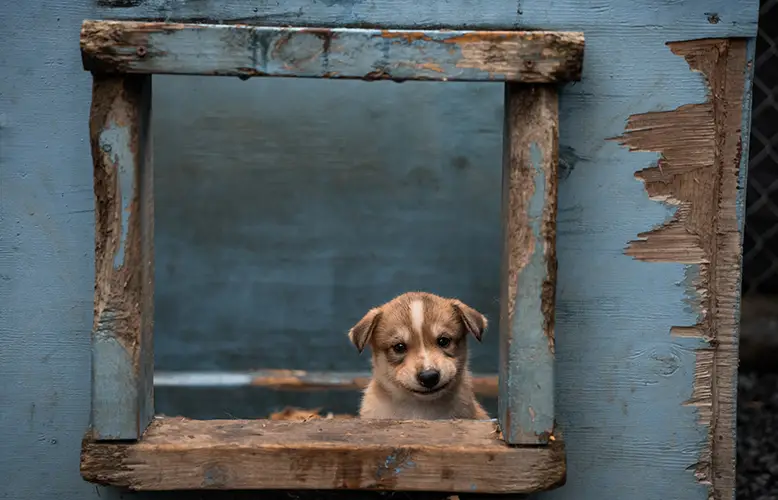
The Iditarod has evolved over the years, with new rules and regulations adapting to modern times. Starting with a ceremonial launch in Anchorage in early March, the race officially kicks off in Willow the next day, taking mushers and their teams on a nearly 1,000-mile journey through Alaska’s rugged wilderness to Nome. Mushers are required to take one 24-hour rest stop and two mandatory 8-hour stops, one at the White Mountain checkpoint and the other along the Yukon River. Their sleds must carry essential survival gear like sleeping bags, snowshoes, cookers, eight booties for each dog, and a veterinarian notebook. They must also carry any promotional materials provided by the Iditarod Trail Committee (ITC).
Dog welfare is paramount throughout the race. Mushers can start with up to 16 dogs but must finish with at least five. Strict regulations and close monitoring ensures the dogs are treated humanely through the duration of the race. As mushers cross the Alaska and Kuskokwim Mountain ranges and follow the Yukon River for 150 miles, they face some of the world’s most extreme conditions, making the Iditarod a true test of endurance for both human and canine athletes. During rest stops, mushers must care for their dogs first—massaging their joints and ensuring their well-being—before attending to their own needs.
Seeking to immerse ourselves in the heart of Alaska’s sled dog culture, we began our journey at Denali National Park—one of the state’s most iconic landmarks. For over 100 years, sled dogs have played a crucial role in preserving this vast wilderness, blending tradition with modern conservation efforts. In an era dominated by high-tech solutions, Denali’s canine rangers remain a vital connection between people and the land. Since the park’s founding in the 1920s, sled dogs were used to patrol its expansive subarctic terrain, initially protecting it from poachers. Today, their duties have evolved, but their importance endures. These dogs continue to safeguard Denali’s 2 million acres of federally protected wilderness, providing a reliable and eco-friendly way to navigate the rugged landscape.
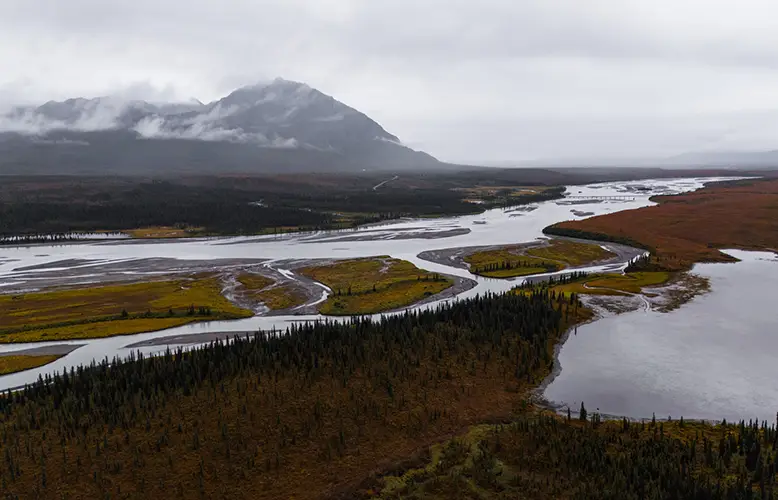
While mechanized transport like snowmobiles or planes often fails in extreme conditions, sled dogs offer unmatched dependability. In Denali’s harsh winters, where blizzards and treacherous ice make traveling risky, a well-fed dog team is always ready to work. These dogs bring not just strength but an intuitive sense of the land, guiding their human partners safely through the unpredictable terrain. Whether assisting winter recreationists or maintaining trails for future visitors, Denali’s sled dogs are a testament to Alaska’s enduring spirit. Their work exemplifies the power of teamwork and resilience, crucial to protecting one of America’s most cherished natural spaces.
Our curiosity about the differences between Iditarod racing dogs and Denali’s, trained for daily work, led us to Seward, Alaska, to meet the team at Turning Heads Kennel. Founded by Travis Beals and Sarah Stokey, Turning Heads is both a racing kennel and a tourism destination that offers year-round dog sledding tours. From kennel visits to glacier trips, they showcase the power and grace of these sled dogs in action. The duo met in 2010, bonding over their shared love of sled dogs and ambition to race in the Iditarod. By 2012, they’d founded Turning Heads Kennel, determined to offer unforgettable tours while pursuing their racing dreams.

Travis’ passion for mushing started early. His mother, an experienced musher, often joked he was mushing before birth, serving as extra “weight training” for her team. Travis spent his childhood immersed in the dog lot, joining his mom’s training runs and bonding with the animals. At 15, he launched his own kennel under the mentorship of musher Rick Tarpey and quickly excelled in junior races, earning accolades like Rookie of the Year and second place in the 2009 Jr. Iditarod. His success continued in adult races, leading him to compete in his first Iditarod in 2013. Now, Travis is preparing for the 2024 season, with plans to race in both the Iditarod and the Kusko 300.
While onsite, we met the entire dog team, including the puppies, and even had the chance to hop on the sled. We learned the key mushing commands—”Hike!” to get moving, “Gee!” for turning right, “Haw!” for left, and “Whoa!” to stop. Experiencing these commands in action brought the art of dog sledding to life, giving us a firsthand understanding of the bond between mushers and their teams—and just how much work it takes to manage and train in Alaska’s harsh conditions.
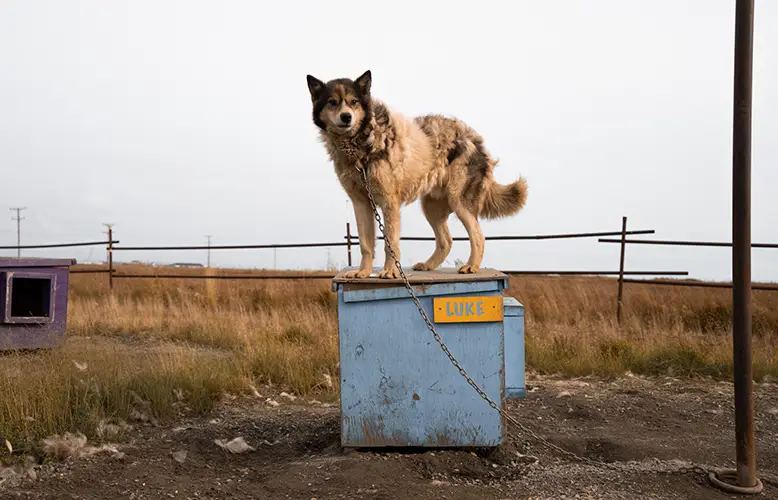
But there was still one more aspect of dog sledding we’d hoped to experience onsite—and that was the lifestyle. Specifically, we wanted to see how Alaskans live alongside their dog teams when they’re not racing but simply doing it for the love of the sport. After a 90-minute flight from Anchorage, we landed in Nome, where the Iditarod trail ends. Nome felt like the true mecca of dog sled racing, the place where it all began. Our destination: The Dog Lot, run by Kamey Kapp, where sled dogs are part of everyday life.
It was early fall, so the ground was snow-free, but the wind and cold were already setting in. Kamey introduced us to her team, along with some dogs boarding with her, including Samoyeds, Alaskan Malamutes, Siberian Huskies, and Chinooks—the classic dog sledding breeds. She had invited some fellow mushers and dog sled enthusiasts to help run the dogs, and soon two teams were being set up to take us on a ride across Nome’s flat, untouched landscape, with towering mountains in the distance. My team was led by Pancake and Cupid, with Olive, Dasher, Junior, Mocha, Sik-Srik, Prancer, Popeye, Freya, and two resident house dogs, Cookie and Floki, following closely behind—all pros, each with a distinct personality.

The dogs barked excitedly as we prepared to head out, eager to run. As soon as we set off, each dog fell effortlessly into their role, responding to every command and adjusting on their own as needed. It was clear they were born to do this and were loving every second. Kamey explained that these runs happen often to keep the dogs in shape and mentally sharp, a constant commitment no matter the day of the week.
I made the mistake of referring to the sport as a hobby, to be met with a quick correction. For Kamey and others like her, this isn’t just a pastime—it’s a way of life. The level of love, care, and commitment required goes far beyond what words can capture. Owning and managing a dog lot like Kamey’s is about more than just understanding the dogs—it’s about a deep, generational love for this practice rooted in tradition. For Kamey and her crew, life without their dogs is unimaginable. They need constant care and regular runs, whether there’s a race or not. Even after our run, you could tell the dogs were ready for more. It’s the balance owners like Kamey face every day—always keeping the dogs’ well-being at the forefront.
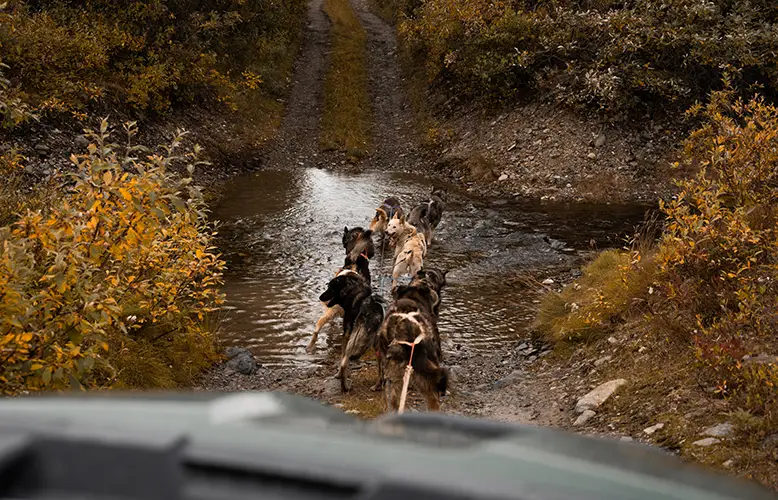
Visiting Alaska offers an opportunity to fully immerse yourself in the world of dog sledding, where tradition, community, and an unshakable bond with sled dogs define daily life. From the famed Iditarod Trail to a remote dog lot, you gain a deep appreciation for the lifestyle that revolves around these incredible animals. Standing on the back of a sled, moving through Alaska’s rugged terrain, you quickly realize this is the definition of commitment. Being part of this experience opens your eyes to what it truly means to dedicate yourself to a passion—pushing beyond the ordinary, and living a life deeply connected to both the land and its history.



